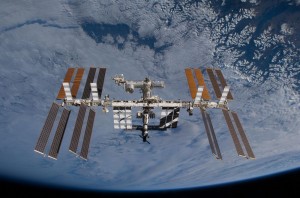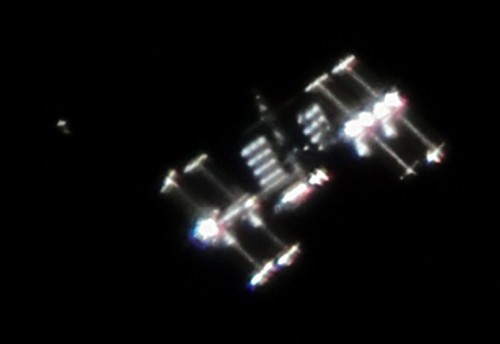This week I have had an article published in an international peer reviewed journal called Glocalism. The article is about food production, and reports on many of the arguments that I touched upon in my recent food series.
The article, rather catchily entitled “Collective food Purchasing Networks in Italy as a Case Study of Responsible Innovation” by J. Hankins and C. Grasseni is free and can be downloaded here. It is slightly more of an academic article than my blog writing, is co-authored with anthropologist Cristina Grasseni, and reports our joint fieldwork looking at alternative food production networks in Italy and the USA.
Glocalism
As I said above the article is in the journal Glocalism, which is all about glocalism. So what is glocalism? Well it is all in the name, it is being local and global at the same time. To take part of the explanation offered by the Globus and Locus Association
“The term “glocalism” identifies the momentous changes generated by globalization, changes which have resulted in a permanent intertwining of the global and the local dimensions. In fact, there is no longer any place on the planet which has not been touched to a growing degree by various types of global flows and, at the same time, there are no global flows which are not increasingly parsed according to the many different characteristics of the places”.
Do you agree with this? That globalism means that the local can only exist in relation to the global? Or that globalization has effected every corner of the world?
Globalization
If we think about changes in the environment that maybe we should accept this line. If we think about how event in one part of the world effect others (or all) then we can see the local as part of a global system. If we look for local solutions to a problem are we in some way involving the global? If we are talking about anything that has to do with poverty, or pollution, or the environment, or anything related to technology, then we would probably have to accept that these are not local issues, but global. A house in Detroit is not sold for $1000 because of the state of Detroit, but because the world that Detroit is in has produced a situation that makes a house in Detroit (some areas) worth $1000.
If we think about technology use through this framework, we can see how much the Internet (to give one example) is taking the local and moving it into the global. The proportion of our world’s population living in cities of a million or more has risen from thirty-seven percent in 1970 to fifty percent today. By 2030 more than two-thirds of world population will be in large cities, and most of them will be in Asia. Why is this? Well one reason is the need to operate via high speed Internet. The infrastructure is in the big cities, and it has become a necessary part of working life.
So the fact that a city in India or Thailand has high speed Internet infrastructure effects mobility across the globe, the local and the global are entwined. This has an effect on food production capability, transport, the environment, and everything else you might like to think about across the globe.
How about that for a thought on an autumn morning in front of the computer in the Netherlands or a wintry start to a New York day shovelling snow?


